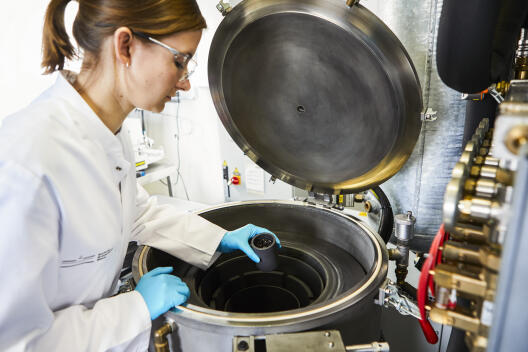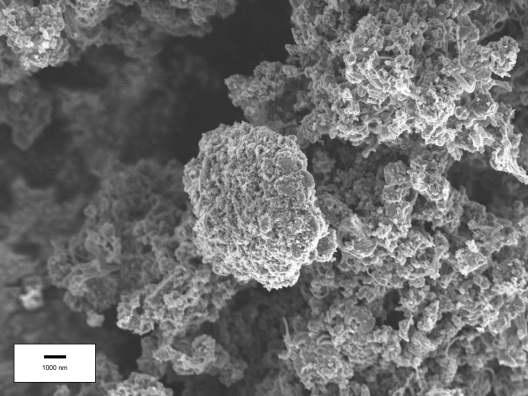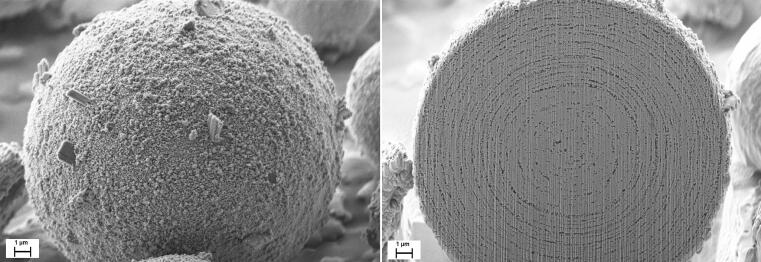Active Materials

One promising starting point for research is work on active materials, i.e. the chemically active substances which are responsible for energy storage in batteries. The team working in this area of competence focuses on active materials for lithium-ion batteries. The researchers have particular expertise in the synthesis, modification and electrochemical characterization of new types of active materials and their combination.
Optimizing the Standard with Improved Materials and Processes: Lithium-Ion Technology
The research team’s aim is to develop and characterize new materials and combinations of material suitable for storing lithium-ions – with a view to further increasing the efficiency of energy storage systems. One focus of the team’s work is on the development of new types of anode and cathode materials such as silicon-carbon-composites and nickel-rich layered oxides (NCM, NCA) which permit a higher energy density and performance. In the case of electric vehicles, this leads to longer travel ranges and faster charging speeds – both of which are crucial for any expansion of electromobility.

The MEET team has also made important contributions to the development of electrolyte additives, i.e. the additives designed to achieve better conductivity. Our patents and publications relating to additives for nickel-rich cathodes and silicon anodes for high-energy lithium-ion cells have left their mark on battery research.
Besides developing new materials, our researchers work on improving already established materials for lithium-ion batteries. They succeeded, for example, in significantly increasing the service life of commercial materials by means of coatings or improving the electrode processing of anode and cathode materials. One central point in particular is the stabilization of material surfaces or interfaces.
Another focus which our team of researchers have is the development of new types, or improved methods, of prelithiation for silicon-based anode materials. In this technology, active lithium losses are offset in the battery cells in order to increase the energy density and performance of lithium-ion battery cells.


